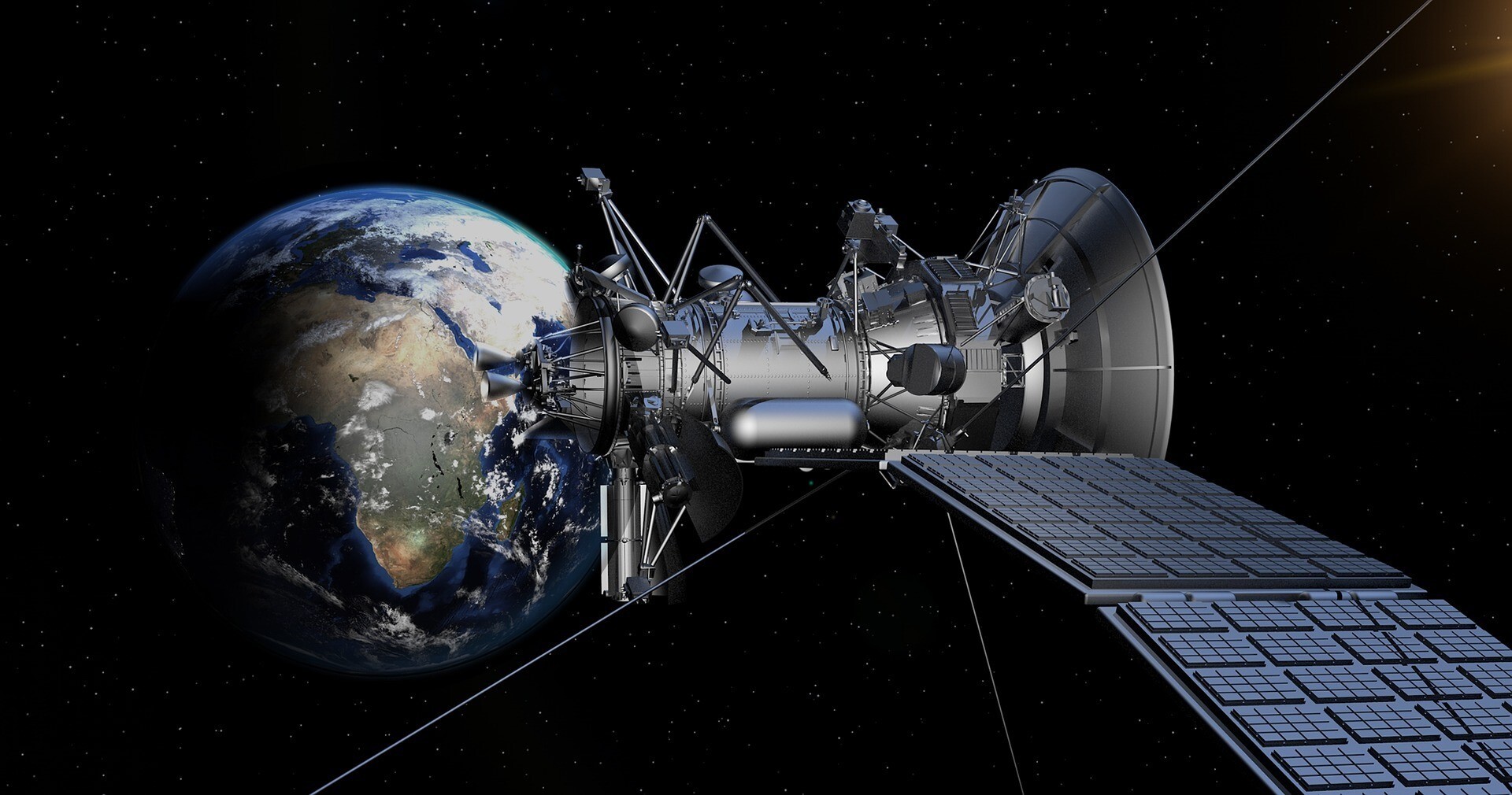

Indian based full-stack spacetech company Dhruva Space has announced a strategic partnership with Pixxel, a satellite imaging startup, to supply space-grade solar panels for Pixxel’s next-generation high-resolution hyperspectral satellite constellation.

Image for representational purposes
As part of the agreement, Dhruva Space will work with Pixxel to integrate its advanced Solis+ solar panels into the upcoming fleet, enabling robust, high-efficiency power systems in orbit.
The collaboration aims to power satellites designed for daily global revisit and high spectral fidelity, building on the success of Pixxel’s Firefly satellites, launched earlier in 2025, which delivered the world’s first 5- meter commercial hyperspectral imagery.
Pixxel Founder and Chief Technology Officer Kshitij Khandelwal said, “The power systems are mission-critical, and there’s no room for errors in space. It also marks an important step in strengthening India’s space hardware ecosystem and building resilient infrastructure to support critical needs on Earth.”
Dhruva Space is one of the few companies globally with the capability to indigenously design and manufacture space-grade solar arrays, a technology crucial to satellite performance and longevity.
Its Solis+ panels, which can deliver several kilowatts of power, are suited for a wide range of missions particularly larger satellites and long-duration orbital deployments.
The company previously delivered a Solis+ unit to a government customer in 2024, underscoring its growing credibility and technical maturity in the sector.
Dhruva Space Co-founder and Chief Technology Officer Abhay Egoor added, “This is not just a hardware agreement; it’s a signal to the global market that Indian spacetech companies are building with flight heritage, scalability, and export readiness in mind.”
Also read: H&H Aluminium launches India’s largest solar frame plant
Aluminium: the structural backbone of space solar arrays
Behind the high performance of solar arrays is a critical but often overlooked material: aluminium. With its exceptional strength-to-weight ratio, thermal conductivity, and resistance to corrosion, aluminium is widely used in aerospace engineering, especially for satellite structures.
solar panels also make use of aluminium honeycomb substrates and precision-engineered frames, which provide the mechanical rigidity needed to survive launch stresses and orbital conditions. These materials help maintain the alignment and structural integrity of solar cells, even as the satellite faces extreme temperature swings and constant solar exposure.
Aluminium’s lightweight nature also plays a key role in keeping launch costs low, making it indispensable for space-grade solar technologies.
Global ambitions backed by indigenous capability
With a growing list of international clients, Dhruva Space is already fulfilling export orders from countries including the United Arab Emirates, Austria, Australia, and France. The company is also expanding its manufacturing capacity, with a new 6.5-acre spacecraft production facility under construction. The site will include 280,000 sq. ft. of built-up area, of which 30,000 sq. ft. is specifically dedicated to the design and development of space-grade solar arrays.
This partnership with Pixxel is more than just a commercial win it reflects the emergence of India’s private sector as a serious contender in the global space technology market.
Responses








